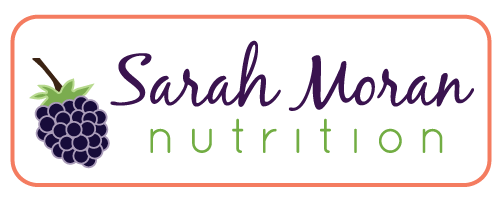Back to School: Healthy Lunch Basics
/It's that time when everyone is getting ready for the new school year. To help you get ready, I'm giving you the basics to building a healthy lunch that will leave you feeling full and energized for the rest of the day. Whether you're packing for yourself, or someone else, these are some guidelines to keep in mind.
[x_video type="16:9, 5:3, 5:4, 4:3, 3:2" m4v="" ogv="" poster="" hide_controls="" autoplay="" embed=' no_container="true"]Protein
Protein is important because it helps you stay full after your meal. Now, for a lot of people, protein equals meat. And, while meat is a great source of protein, it isn't the only one out there. Beans, yogurt, cheese, eggs, nuts, and seeds are all protein sources as well. Getting away from a meat-centric mentality opens you up to a ton of lunch possibilities, so step away from the turkey sandwich and try something new!
Vegetables
The poor vegetable just doesn't get enough attention when it comes to packed lunches. Non-starchy veggies, like cucumbers, tomatoes, leafy greens, peppers, and carrots, should make up about half of your meal.
Starch
Starchy foods are an important part of the diet, but many people tend to go overboard with them. We always want to strive for a balance of all of the food groups so we're not getting too much of one thing and not enough of another. Grains, potatoes, corn, peas, and beans are all considered starchy foods, so keep that in mind when planning your lunch. Starchy foods should make up about a quarter of your meal.
Fruit
I see fruit as an optional item in your lunch. Fruits are great for you, but they do have a lot more sugar than veggies. For this reason, make sure you get your veggies in the meal first, and then add the fruit if you want it.
